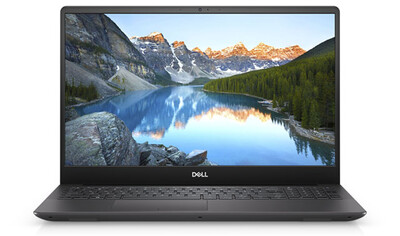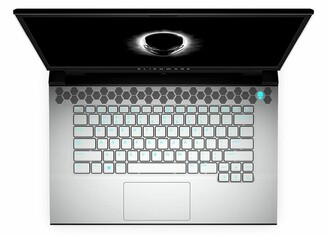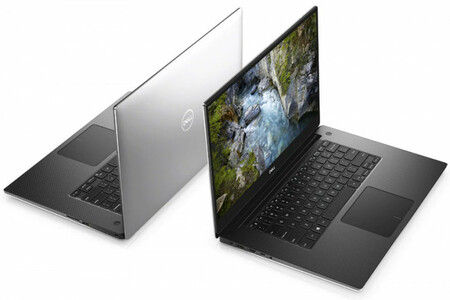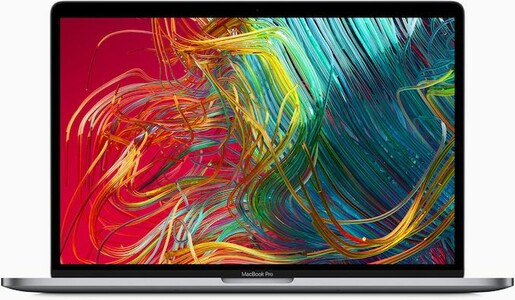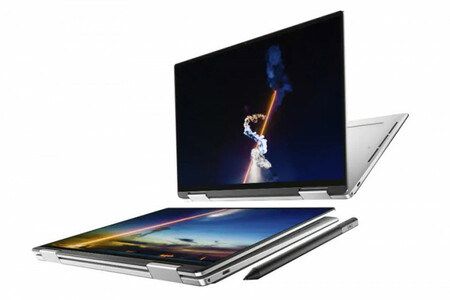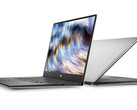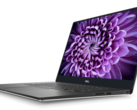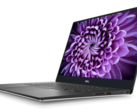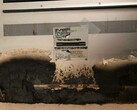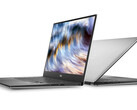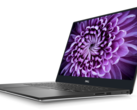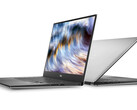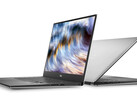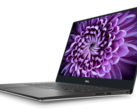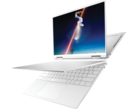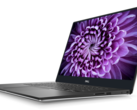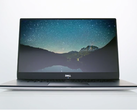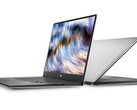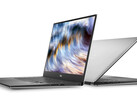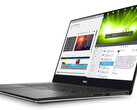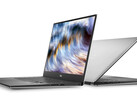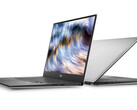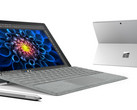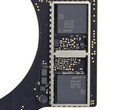Opinion: What on earth is going on with Dell's XPS lineup?
Dell's XPS lineup is supposed to be their flagship. Short for "Xtreme Performance System", Dell's website touts that the series is "designed to be the best". So why does it not feel that way anymore to me?
Before I get too critical on the XPS series, I want to make it clear that overall, Dell did a great job on bringing some compelling products to Taiwan's annual Computex expo this year. The Inspiron line-up got great chassis and feature upgrades, bringing them in many ways closer to where the XPS was: The Inspiron 15 7000 now has a slim-bezel design, 9th Gen Intel H-series CPUs, dual SSDs, and the same Nvidia GeForce GTX 1650 that the new XPS 15 has; the Inspiron 13 5000 now looks a lot like the XPS 13.
And then there's the 2019 Alienwares, with the AW m17 and m15 getting slick design and engineering makeovers to match the CES-announced Area-51m. The aesthetics still aren't my cup of tea, but they are huge improvements over the tankish 2016-era designs that previously dominated the line. They maintain an angular and somewhat aggressive design language, but it looks decidedly more adult this time around.
Maybe it's because Dell moved forward with their other product lines that when I saw what happened to the XPS 13 2-in-1 and XPS 15 I felt such a pang of disappointment, but I think there's more to it than just that.
I feel like the XPS division is taking notes from Apple on how to take customers for granted and miscarry a product line.
Those are clearly harsh words, so let me explain by first starting with the flagship of the flagship line, the XPS 15 9570-turned-7590. I (and many others) have written about the litany of problems the XPS 15 has had since its 2015 redesign and how Dell could get the series back on track. I've spent hundreds of hours trying to get the thermal solution to work well enough to keep the laptop functioning acceptably under load and troubleshooting issues with power drain in sleep and at idle on the platform. A look at Frank Azor's twitter account shows that XPS team knows there are a lot of issues to squash on the XPS 15 platform. And yet, Dell pulled an Apple: they used the exact same chassis for the 4th iteration in a row all while adding to the XPS 15's thermal problems.
They did add a 4K OLED panel, but it's the same chassis, same insufficient cooling solution, and same port selection, but with more and more power-hungry components.
The XPS 15 9550 suffered from VRM-induced throttling that lowered CPU clocks to just 800 MHz under sustained load. The XPS 15 9560 suffered from thermal and VRM-induced throttling that lowered clocks a bit less. The XPS 15 9570 went from 4-core/8-threaded HQ-series to even more power-hungry 6-core/12-threaded H-series Intel CPUs and handled CPU throttling a bit better, but only at the cost of sneakily and unethically lowering the throttling temperature of the GPU down by 4C months after reviews had been completed. Even so, like most thin laptops, there seemed to be no real performance increase at all when "upgrading" from a i7-8750H to the (on paper) faster i7-8850H, i9-8950HK or Xeon CPUs. Even the i7-8750H couldn't hold max turbo boosts under load, and so the higher potential turbo limits of the other chips meant nothing: The thermal ceiling of the cooling system and chassis is already hit with the base 6-core Core i7 CPU configuration.
The latest XPS 15 (7950, changed to align with the Inspiron numbering scheme) takes the same struggling chassis and throws in up to Core i9-9980K 8-core/16-thread CPUs. It's the exact same approach a certain fruit-named company took earlier in May when they updated their thermally-constrained MacBook Pro 15 (which faces even worse throttling) with octa-core CPUs. It's lazy, it shows disdain for the consumer, and we should expect more from them.
Speaking of disdain for consumers, let's talk about the new XPS 13 7390 2-in-1.
It started off well, with so many steps forward: A 16:10 display, vapor chamber cooling, and 10nm Ice Lake CPU with optional IRIS graphics and integrated Thunderbolt 3 support. It was looking like my next ultrabook — and then, as PCWorld's Gordon Mah Ung put it, was the "record scratch". Not only are the RAM and Wi-Fi soldered-on (to be expected for a 9th Gen ultrabook these days), but the SSD is as well. In a world where HP is making tablets with a 9/10 repairability score on iFixit, the XPS team decided to ape the very worst aspect of Apple and solder on the SSD. Was it to make the device a little thinner? Probably a little. Was it so that they could charge customers more to up-sell SSD upgrades with higher-end SKUs? You can bet the farm on it.
Of all the components in a computer, the SSD is probably the most crucial to be able to swap in and out. Need to upgrade? Easy. Want to migrate your data to a new laptop? Piece of cake. Have an unexpected hardware failure and need access to your data? No sweat. That's how it mostly is and it's how it should be. It's a detestably anti-consumer move to commodify the ultrabook pioneered by Apple and now being mimicked by companies who don't understand what makes customers willing to buy the unrepairable hardware nightmares that modern MacBooks have become: the software ecosystem and support. I have not and I never will recommend to anyone a laptop that cannot be opened and repaired for even the most basic of components. Not the Surface Book, not a MacBook, and not the new XPS 13 7390.
To me, it really looks like Dell are following the very worst plays from Apple's book: prioritizing quiet fans over lower temperatures and performance (XPS 13 9370), ignoring long-standing issues as long as the model is still selling (XPS 15), and now making an expensive laptop completely unrepairable and unupgradable (XPS 13 7390 2-in-1). I know it seems like I'm being overly harsh on Dell and the XPS division here given the amount of other products the American company is putting out, but I know how the industry works and I've seen it too many times to let it go unaccounted for.
Companies use media reception, YouTube comments, sales numbers, and other community feedback as a gauge for their future product directions. If media doesn't praise it and if people don't buy it, companies won't keep doing it (and I'm thinking of Lenovo's watering-down of the ThinkPad lineup as I write this, as well). So, I'm going to draw the line here. It's as good a place as any.
Don't buy it, don't encourage it, and, most of all, don't ignore it — or it will be the future.
Source(s)
Hyperlinked; own.




